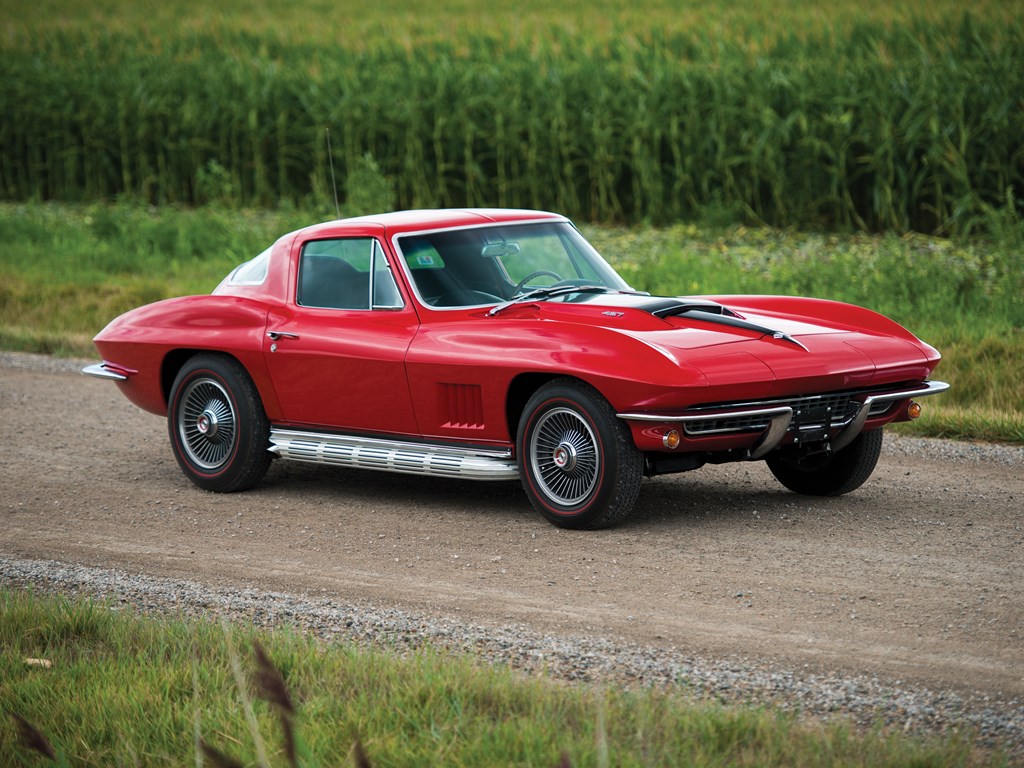Don’t let nostalgia get in the way of enjoying the present
The other day I was cursing out a 52-year-old Datsun 1600 for having its engine-block drain plug in the wrong place. And by wrong, I mean not on the side of the block that has acres of open space, but on the other side, where the carburetors, intake manifold, exhaust manifold, and starter form a dense web of hostile skin peelers.
At times like this, I try to remind myself that the old car I’m laboring over isn’t supposed to still be here. When the Datsun was made back in 1966, nobody ever imagined that we advanced futurelings of the supersonic, silicon-chipped 21st century would still be trying to tune its carburetors or flush its antifreeze. They thought we would have better things to do, like shop for new jet packs, or try out the latest food synthesizers, or plan holiday getaways to the moon. The Datsun was made to serve and amuse mankind for a few years and then be recycled into something more useful as time and technology marched forward.
As the automotive century ground on, however, progress proved agonizingly slow. A fixation on the past steadily overtook our anticipation for what is coming next, especially since the future looks nothing like it did in the 1960s. Electrification, autonomy, worries about the environment—instead of a supersonic revolution, we seem to be on the verge of automotive extinction, when car life as we know it will end, to be replaced by a gray robotic tyranny that is being sold to the commuting masses as a way to ditch driving and spend more time with phone apps. With each new headline about the autonomous car-sharing future, the past looks more golden, and many of us have sunk into it, unwilling to even face the horizon.
Gauzy nostalgia is nothing new, as Woody Allen so wittily pointed out in his 2011 film, Midnight in Paris. In the movie, a modern writer yearning for the past is mysteriously transported to 1920s Paris only to find that the luminaries of that era are, like him, also pining for an even more distant past. But even if Allen is right and people have always felt “the old days” were better, at no time over the past century have bygone eras been so celebrated—ever been to the Goodwood Revival?—while the future is so feared.
But even as people revel in history, they aren’t learning from it. Mankind doesn’t tend to abandon technology wholesale. Rather, it builds on and improves it. Sure, we don’t chisel on stone tablets anymore, but we still use the written word, and we are able to distribute it across the globe instantly to twinkling tablets that would have been unimaginable to the ancients. As cars have replaced horses, computers now seem to be replacing cars. Yet as a researcher from the Union of Concerned Scientists said to me recently, “You can still buy horse feed.” Indeed, Amazon.com offers 103 varieties of horse feed, deliverable to your doorstep in one day.
Pessimism often goes hand in hand with age. As we approach our own end and look back over a lifetime of social and technological upheaval that seems both wondrous and terrifying, and watch the heroes of our youth pass into legend, and feel the firm shove at our backs from younger generations with wild ideas and strange obsessions, it’s a natural human impulse to assume that all good things will end when we do. Yet they don’t.
Despite the bleak future depicted over and over (and over) in movies, humanity has a terrible track record for predicting its future largely because it has a pretty good track record for holding onto the things it finds useful and gratifying. As a civilization, we are the worst kind of hoarders, culturally and morally, but also technologically, throwing away almost nothing, from ancient castles to antique cars to timeless bedtime stories to great love songs. Those pushy kids are changing the world, yes, but by grafting new thinking onto old inventions.
Ask yourself: Are you really upset that the hyperefficient LEDs in your house aren’t the same as Thomas Edison’s original light bulb? Has the arrival of digital photography stopped you from enjoying pictures of your kids? Will a ’63 Corvette be any less fun to restore with parts made on a 3D printer? If you answer no to any of these, then you’re ready to face the future.


